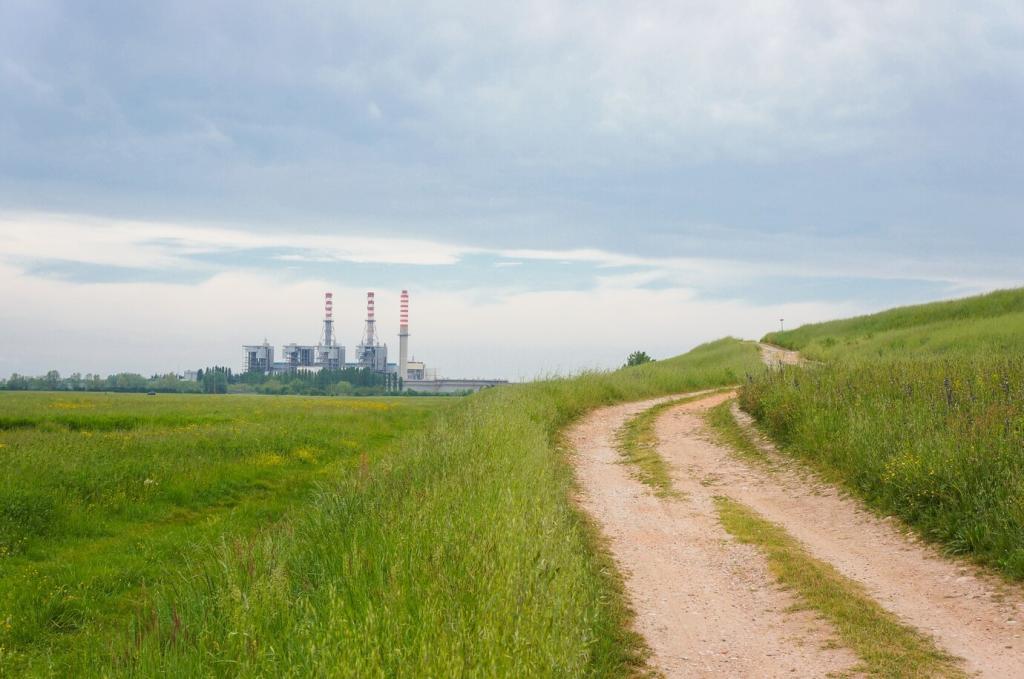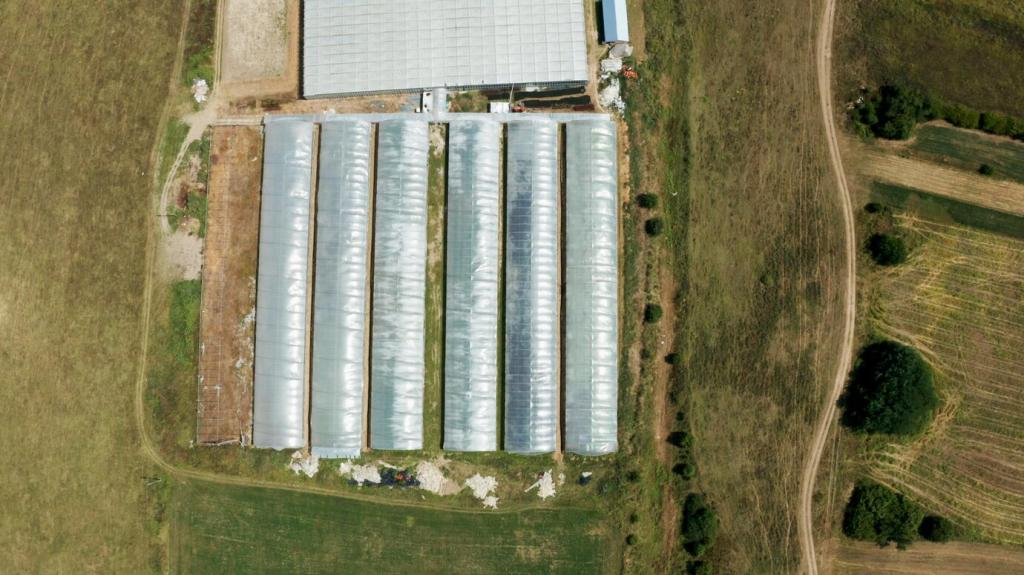Why Biomass Works for Industry
Industrial heat is not theoretical; it follows shift schedules, clean-in-place cycles, and batch peaks. Biomass systems can be sized and controlled to mirror these curves, providing baseload steam and supplemental peaks. Share your load profile challenges, and let’s compare what modulation strategies have worked best across similar facilities.
Why Biomass Works for Industry
Retrofitting for biomass should never gamble with production. Proven approaches prioritize phased cutovers, dual-fuel backups, and operator training to keep lines running. Many plants begin with partial substitution before going all-in. Comment with your essential uptime window, and we’ll surface strategies that respect your throughput and safety margins.






